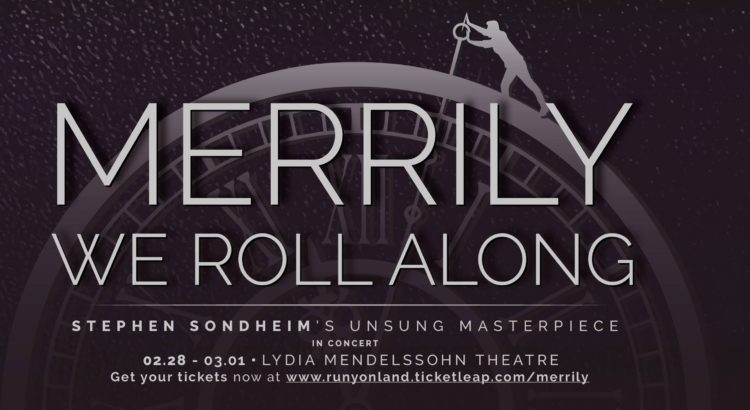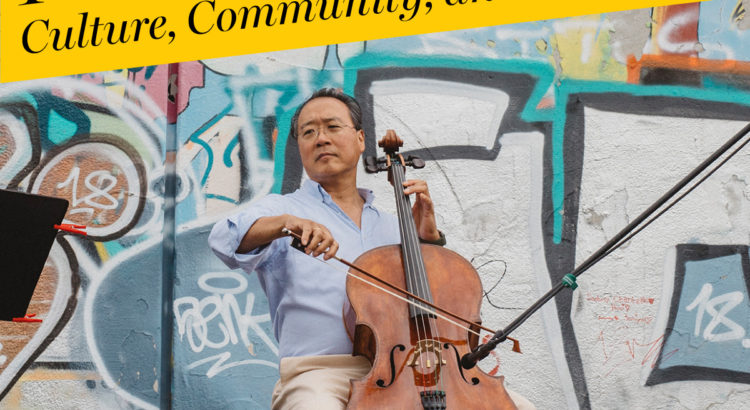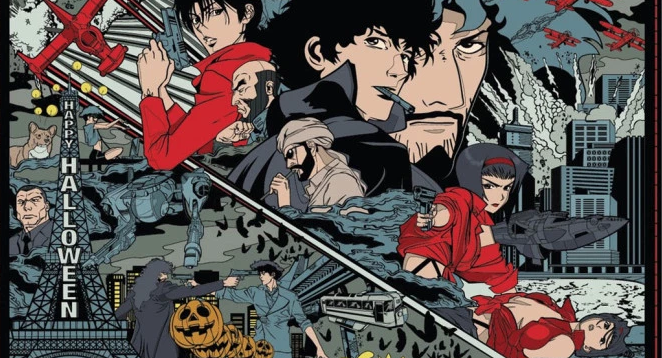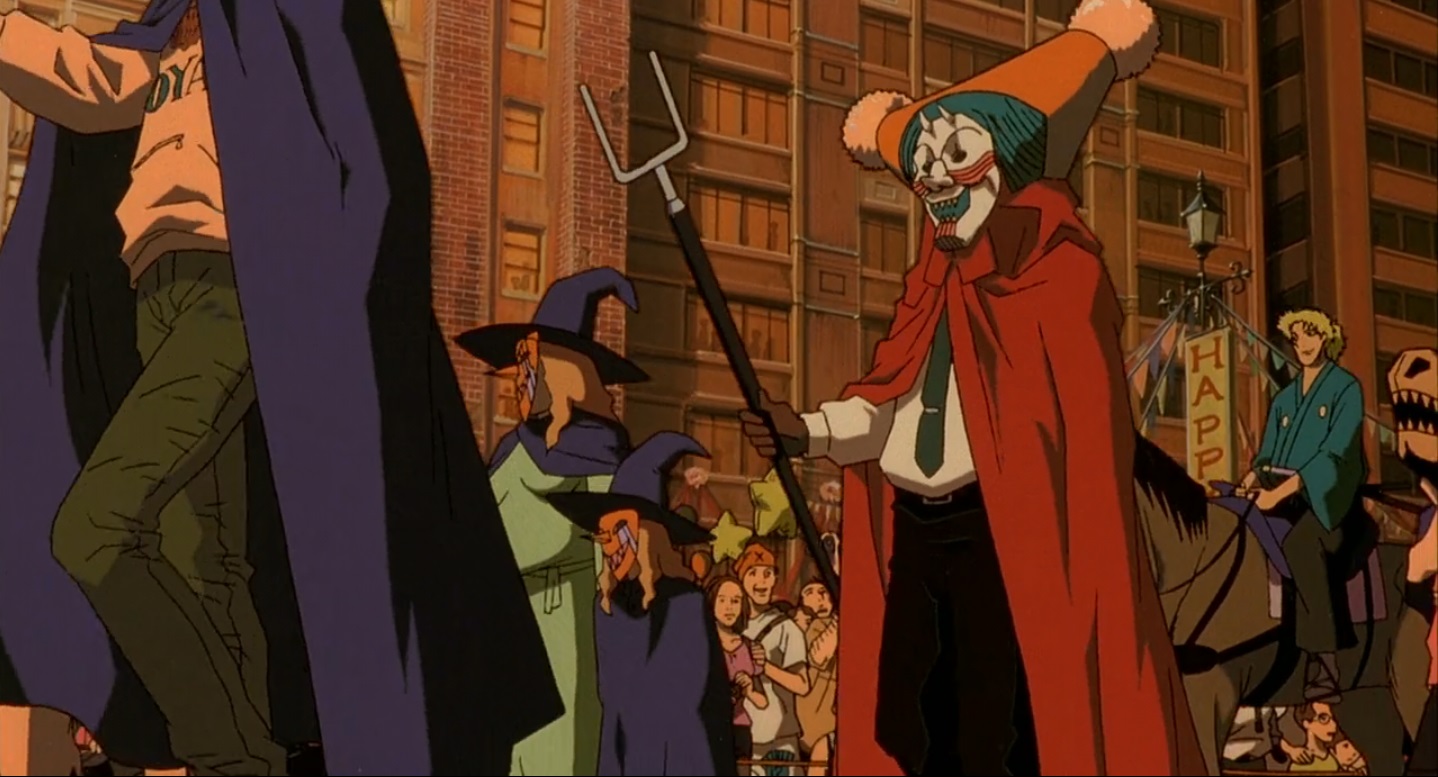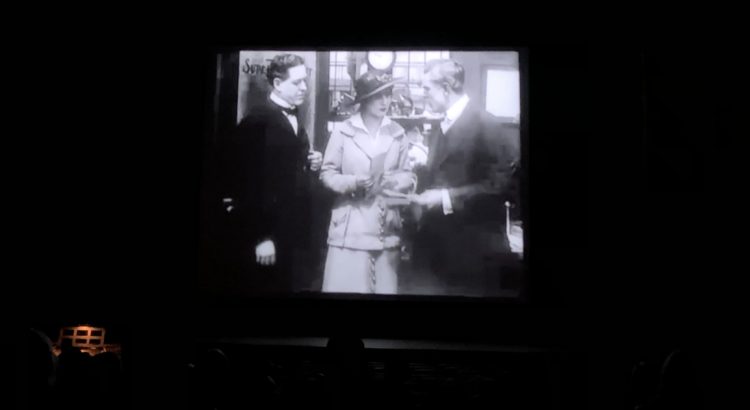One often hears about a show which leaves the audience speechless, but seldom is it said to so affect the actors.
The big story surrounding Runyonland’s production of Merrily We Roll Along last night was, naturally, that, due to illness, Wilson Plonk, the actor playing Charley Kringas, could not speak. In lieu of an understudy, the actor steadfastly went on and made his motions as producer Thomas Laub supplied a voice for him from the pit — fortuitously unoccupied as the band took its residence at the back of the stage.
One might suppose that this would be disconcerting to an audience. That the illusion of the stage might be broken by the clear disconnect between the character’s body and voice. This was fortunately averted, in part by a high level of lip-syncing, but more so by one problem solving another. You see, like most productions in the Lydia Mendelssohn Theater which make extensive use of microphones, Merrily We Roll Along was plagued with sound issues. Poor balance, microphones turning on and off when they were not meant to, and even noticeable delay at times. I have reached the point where I accept this as a simple fact of seeing shows at this theater, but in this instance, it served well, because by the time they reached the two big speakers on either side of the proscenium, every sound was thoroughly divorced from its source, Charley’s voice no more so than any other. (I hasten to add that Charley’s scenes were consistently the most entertaining and best-executed of the lot. Even voiceless, Plonk made the character thoroughly endearing.)
Merrily We Roll Along, a musical by George Furth and Stephen Sondheim is an irony-laden instance of the old trope, “genius unrecognized in its own time.” A script in some ways about that very subject, it flopped in its original Broadway production, closing after barely two weeks of performances. (For the scoreboard, Runyonland’s production runs only two days, but who’s keeping track?) It subsequently went through some rounds of revisions, and the version presented by Runyonland Productions derives from the 1994 Off-Broadway revival.
One of the elements of the original production which Stephen Sondheim supposes turned people off of it was that all the roles were cast with actors fresh out of school. That is to say, actors who were about the same age as the characters they were playing in the final scene, but who in the first few scenes (the musical runs backwards) were nearly twice that old. The concept was that the actors would “age into” to their characters as the clock ticked back, but the result was an amateurish, student-theater feel, which some might argue was the point, but most people weren’t willing to pay Broadway prices for. I have seen Merrily We Roll Along with adult actors, and seeing it now with college-aged actors, I begin to understand why it was a flop. When adults perform what they’ve devised to be what kids think adults sound like, there is a bite to it. When the same material is delivered by actors the age of the people it is mocking, it seems simply irritating. (Find vis a vis the revue Putting It Together a performance of Merrily’s original first-scene song “Rich And Happy” performed by George Hearn and Carol Burnett and you will see what I mean. The song was replaced by “That Frank” as the original seemed too childish, but in the hands of experienced actors rather than actual kids, it works.)
(This is not to say that college students should not perform Merrily We Roll Along — if colleges were restricted in their programming to musicals written for college-aged characters, there would be precious few musicals left, and even fewer good ones. But with a musical as metatextual as Merrily We Roll Along, this has an effect on how it comes across in a way that it wouldn’t in, say, My Fair Lady.)
It took the production a little while to find its legs. Directorial choices ranging from stagnant (such as the whole opening party scene), to muddy (extensive use of an upstage space which just ate up all the action both audibly and visually), to just plain bizarre (staging the overture — a personal pet peeve of mine) resulted in a somewhat shaky execution. Movement backwards in time was conveyed through two means. Firstly, transitions were staged as pantomimes of the just-seen scenes flowing in reverse, which was effective, and secondly, there was a calendar on stage prominently displaying the year of each scene, which was sometimes inaccurate. The production started to find its groove around “Franklin Shepard Inc,” which was a tour de force for the two Charleys in tandem, but never quite shook the, well, shakiness, of the first fifteen minutes. Some highlights included “Not A Day Goes By,” affectingly rendered by Emillie Kouatchou as Beth, though stiffly directed, “The Blob,” delivered by Leanne Antonio as Gussie using some of the blocking motifs from the first party scene to greater effect, and the finale, “Our Time,” wonderfully performed by Liam Allen as Frank, Erica Ito as Mary, and, of course, the two Charleys. The historically unlikable character of Frank was made quite likable indeed by Liam Allen, and he, Ito, and Plonk (with voice of Laub) made a strong central trio who were engaging in their inverted life story. The band, led by Tyler Driskill, did sufficient justice to Sondheim’s music, although I admit to missing the sound of actual bowed strings instead of the synthesizer that made a quite jarring introduction to both iterations of “Not A Day Goes By.”
Merrily We Roll Along is by no means an easy show to pull off, and I laud Runyonland Productions for taking a crack at it. It is an enthralling story, almost Faustian in nature, about the unsuspecting encroachment of life, and worth anyone’s time to see. One performance remains, March 1st, at the Lydia Mendelssohn Theater.
(An earlier version of this review misspelled “Charley” as “Charlie.” The character’s name in Merrily We Roll Along is Charley Kringas.)


